La Memetodología in action: case study
To show how impact planning works in practice, I draw on a story about a crypto farm in Paraguay, and the group of neighbours who rebelled against it.
It all started with a message from one of the neighbours to the team in 2024, complaining that a Canadian Bitcoin farm located in the city of Villarrica was emitting noises 24/7. Those noises, she claimed, were affecting the quality of life of several families because they had not been able to sleep well for months.
We knew Paraguay’s cheap energy had been attracting crypto investors, and reports of environmental and social disruption due their activities on our territory were starting to mount.
Reporter Josué Congo got to work and found evidence of negligence and complicity from the local government. Decibel levels from the crypto farm exceeded legal and health limits, but local authorities had delayed measures to put a stop to the nuisance. As a result, the neighbours showed symptoms of anxiety, depression, and even PTSD. With this and other findings, the team sketched out the impact map of the story.
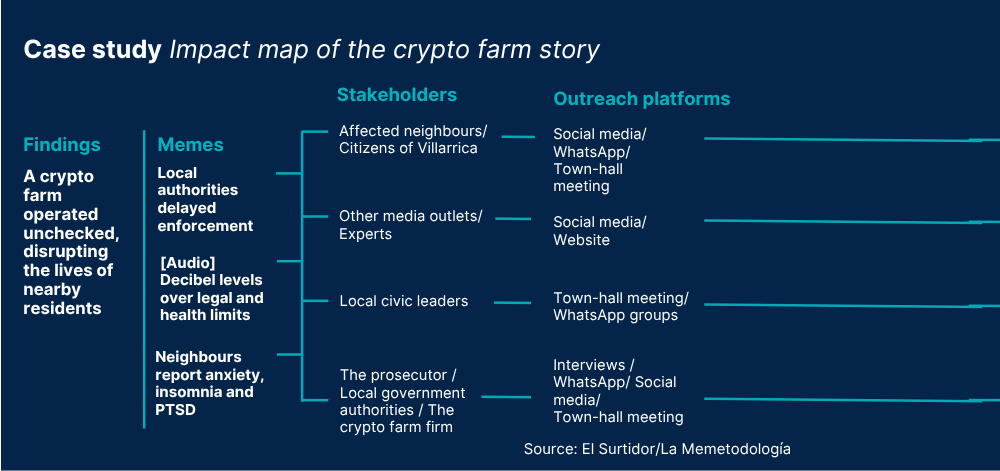
Some impact indicators materialised even before we had published the story. Shortly after our interviews with local authorities who had dismissed complaints against the Bitcoin farm, the mayor of the city overruled their decision and ordered a new investigation into the matter. And, after the reporter approached the firm’s representatives with questions, the company included the risk of sound pollution in their yearly reports – something they had not acknowledged in previous years.
Both moves are measures of accountability according to our impact map and our impact tracker.
After publication, the story went viral.²⁴ Through our social media channels, we received reports of similar cases in other parts of the country, including a source working in a crypto farm. The collaboration with El Pais’ America Futura from Spain amplified our reach.²⁵ Local and international outlets echoed the findings and did follow-up stories. The case was framed as a prime example of the impact that techno-financial investments from the North impose on communities in the Global South.
As part of our civic engagement strategy, El Surti managed to convene two town-hall meetings: one in our newsroom and another in a cultural centre in Villarrica. The protagonists of the story, members of our audience and other community leaders showed up at those meetings. The team screened a documentary about the story, presenting their findings and the reporting process. Afterwards, the lead reporter facilitated a conversation with the participants. The affected neighbours had a chance to give their testimonies and shared a deep sense of gratitude and relief for the coverage and the space to be heard.
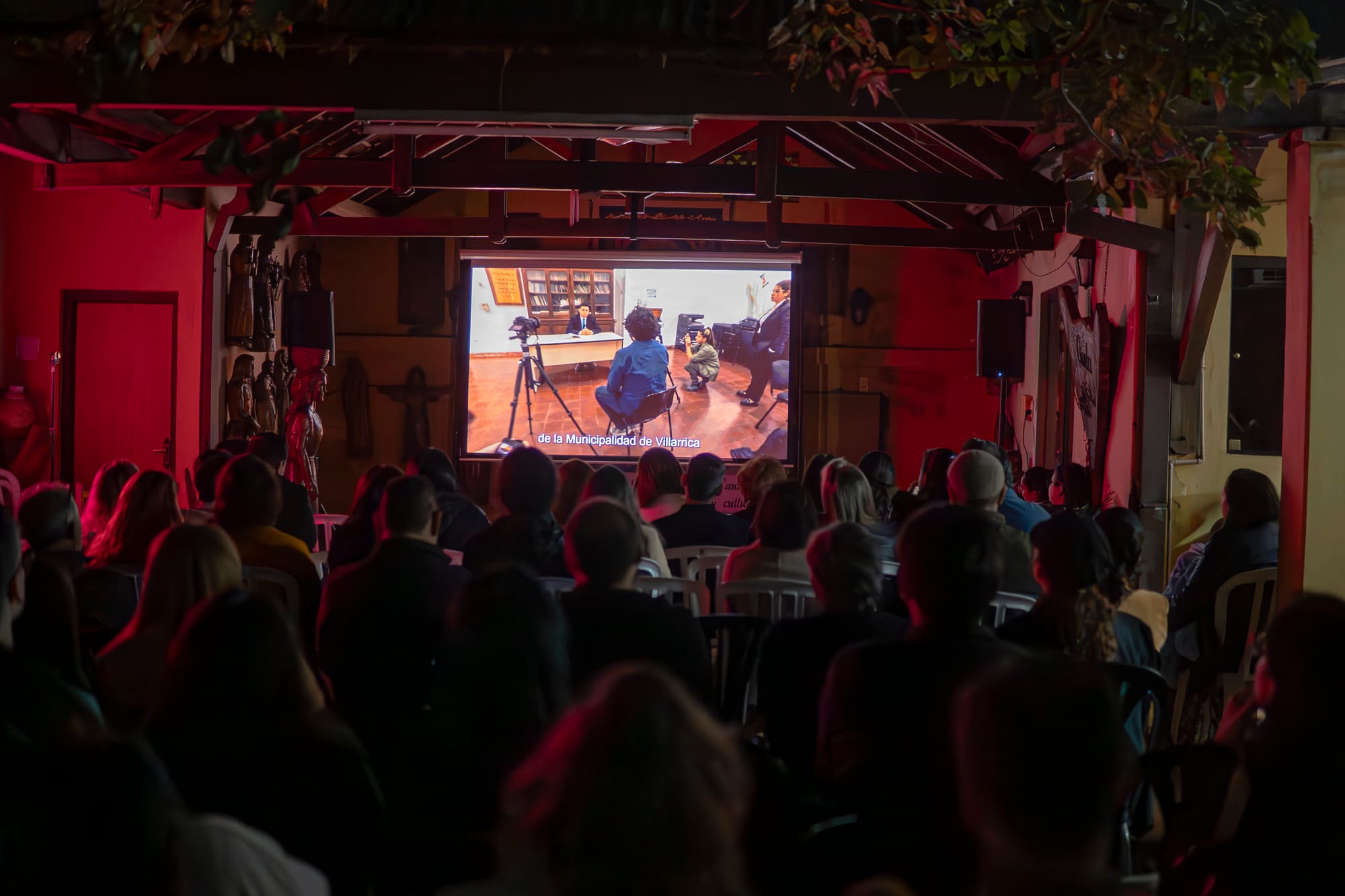

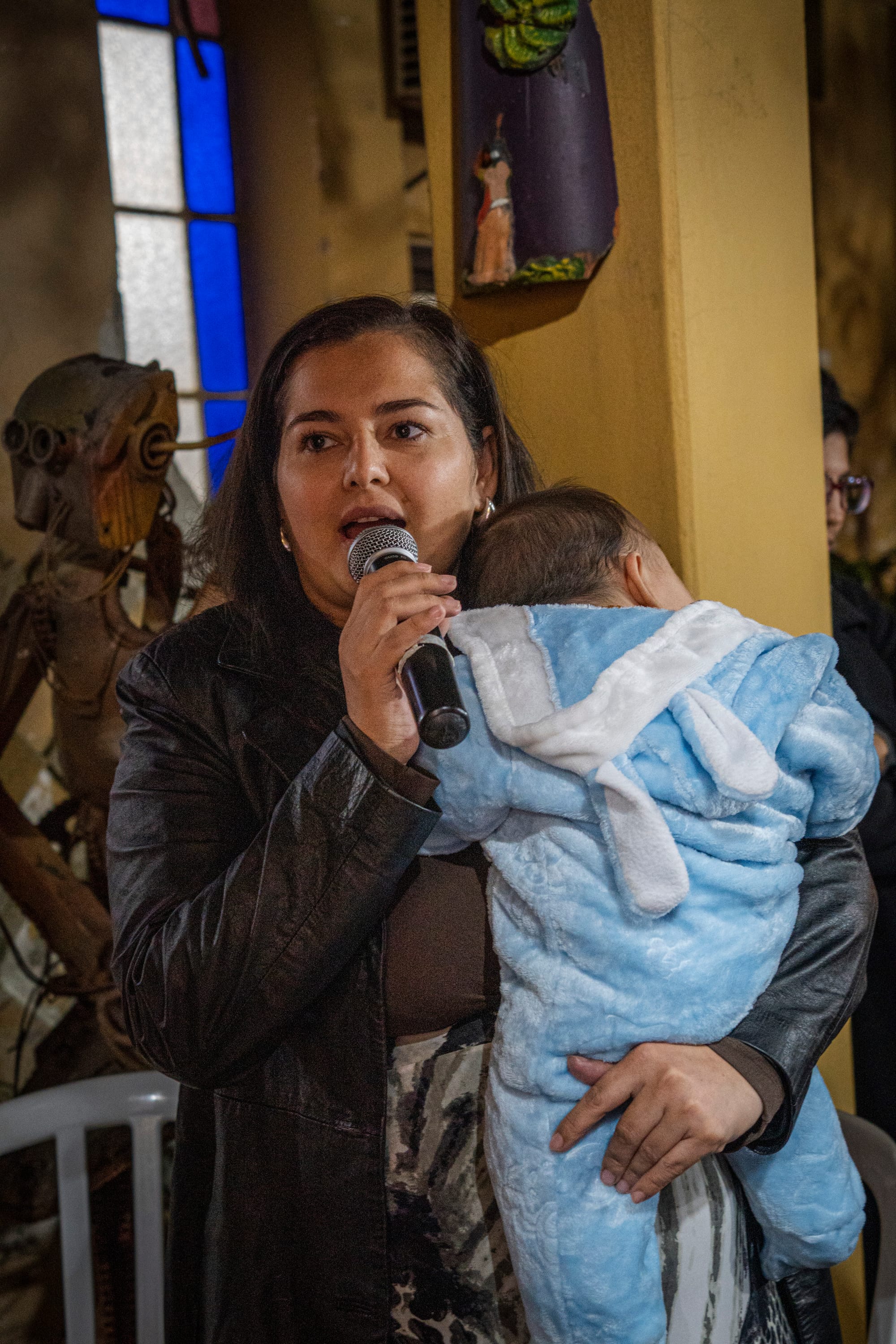
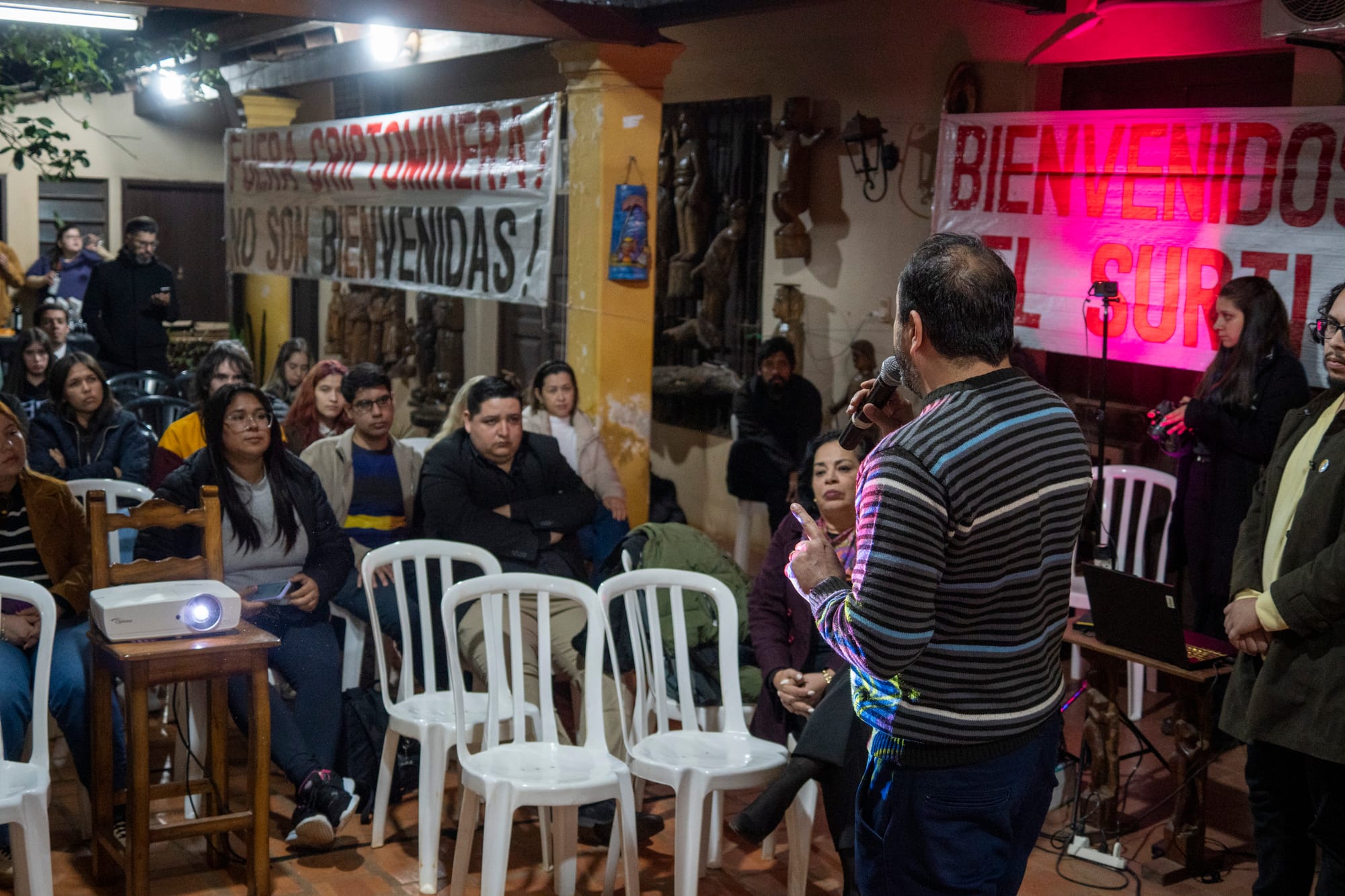
Villarrica community watches a documentary about how El Surti reported their story · Credit: Elisa Marecos, El Surtidor
One of them said: “I celebrate the free press that sheds light over darkness. I celebrate these journalists that embed themselves in the communities […] Thanks to you, this story was told – is told – and will be told to never happen again”. Other residents made calls to build a civic platform to fight crypto mining in the city.
A key component of the outreach strategy’s success was the active involvement of the affected neighbours. For instance, they handed a copy of our publication to the prosecutor in charge of the case. A month and a half after publishing, the prosecutor fought the crypto firm’s attempt to settle the case outside of court, arguing the compensation offered was not enough for the damage done. A judge agreed, and said the case would be heard in open court given its relevance. It will be the first trial in the country against a crypto farm for sound pollution. The neighbours now prepare to tell their stories in
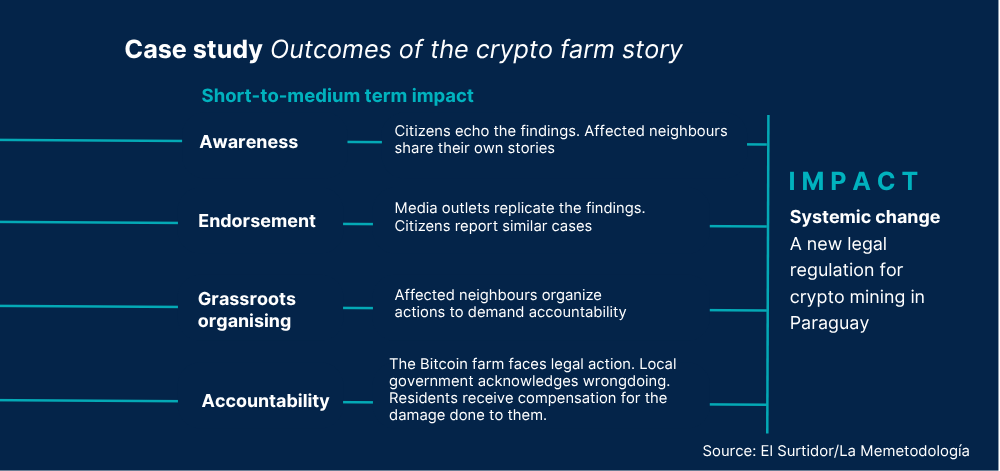
1. There’s no one-size-fits-all. Impact planning varies by newsroom. What works for one story might not work for another. Time constraints and available resources will differ between outlets. “A lot of them do not have the capacity to plan for impact while they are also planning for the story. They are very small newsrooms,” said Rania Itani, Programs and Impact manager at Report for the World. Still, even the smallest organisations can do this work with the right mindset. The key is to build a consistent approach that aligns with your mission and team capacity.
2. Tools don’t replace culture. An impact tracker can be useful it can only do so much. It won’t transform your newsroom on its own. The real shift is cultural — embracing impact as a core value. “At Impact Architects, organisations come to us all the time saying: ‘We need an impact tracker. We heard you are the people that have an impact tracker’,” said Lindsay Green-Barber, founder of Impact Architects. “That often means they think we have some magic software platform which, once they get it, will solve all their problems. That is 100% not what we are selling, and that is not our approach. Often, the IA Impact Tracker is a ‘Trojan horse’ for culture change. The organisations that are successful in this work don't just build an Impact Tracker, they foster a culture of impact.” Where the impact tracker has helped us is in sharing a common language within the newsroom, learning to identify impact and documenting progress. It has facilitated drafting reports for donors and investors and most importantly, telling our audience how our work has contributed to positive change.
3. Celebrate small (and big) wins. Impact tracking has also kept the team engaged in the process. We celebrate every indicator of impact that comes in after stories are published. This mindset has boosted the morale and confidence of journalists in so many ways.
4. Tech can help, but it won’t replace the work. Technology can simplify some aspects of this work or speed it up. For example, AI technologies can assist with impact tracking, as is the case with Agencia Publica’s Public IQ.²⁶ But meaningful outcomes often emerge through human connection – conversations with sources, communities, and collaborators. It’s hard to draw a straight line between a report and systemic changes with automation.
5. Iteration is essential. It all gets better with experimentation, repetition, and evaluation. It has been important for us to build in time to reflect, document lessons, and evolve the approach.
Bottom line: there are no tricks or shortcuts. Impact work requires planning, structure, mindset and leadership support. But the biggest transformation begins with this question: what is your newsroom really here to do?
²⁴ Congo, J. (2025). Rebelión contra la criptogranja. El Surtidor. Retrieved from https://elsurti.com/rebelion-contra-la-criptogranja/
²⁵ Congo, J. (2025, June 10). The town that rebelled against a crypto farm that left them unable to sleep for six months. El País. Retrieved from https://elpais.com/america-futura/2025-06-10/el-pueblo-que-se-rebelo-contra-una-criptogranja-que-los-dejo-seis-meses-sin-dormir.html
²⁶ JournalismAI. (2025). Using genAI to understand impact of journalism: The Agencia Pública story. Retrieved from https://www.journalismai.info/blog/using-genai-to-understand-impact-of-journalism-the-agncia-pblica-story